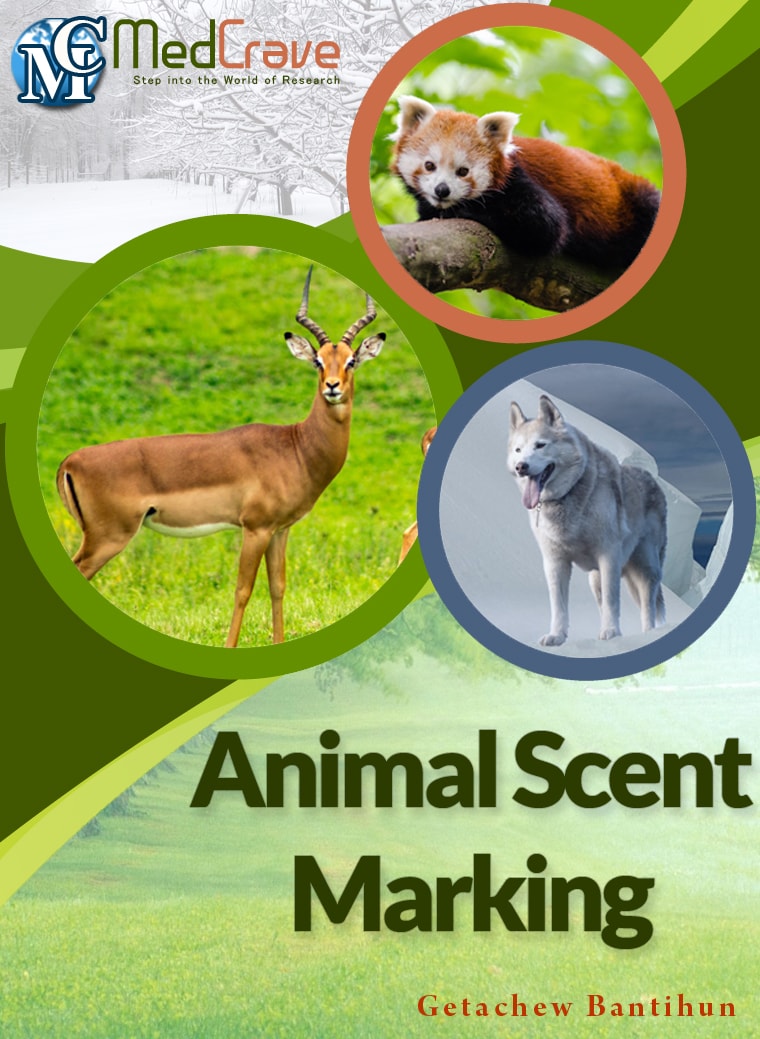eBooks View all | By AtoZ | By category
Animal Scent Marking
By Getachew Bantihun
Adama Science and Technology University, Ethiopia
Published: Apr 04, 2018 | pg. no: 16
Abstract: Scent marking is a special pattern of behaviour whereby animals transmit chemical communication signals into their immediate environmental objects. Scent marks are a form of status signal, advertising territory ownership, and condition dependent signals of quality and competitive ability. In common with animal signals in other sensory modalities, scent marks provide a means of assessment, which informs receivers about the signaler’s quality. Information about the location, density, freshness and chemical properties of scent marks are likely to contribute to the appraisal of the signaler by the receiver before the participants meet. In a territorial context, the product of this appraisal may be a decision to avoid the risk of meeting the signaler by withdrawing from the territory. Mammalian scent marking is often associated with territorial defence. Secretions of specialized integumentary glands of various types play a major role in this behaviour. In addition to secretions of specialized integumentary glands, urine, faeces, saliva, vaginal secretions and even sweat play some roles in the transmission of species specific chemical messages. Mammalian scent marks typically comprise of a complex mixture of volatile and nonvolatile components, although not all of these may be involved in signaling, particularly in the cases where animals use excretory products (urine or faeces) for scent marking. Scent marking has been considered as an integral part of the repertoire of behaviours involved in aggressive behaviour. It would appear that the presence of scent marking odours increases the confidence of own territory and decrease the confidence of intruders.
View eBook
